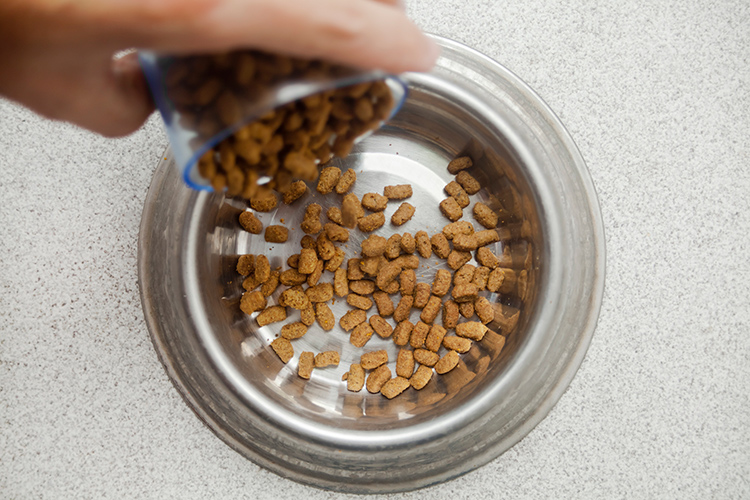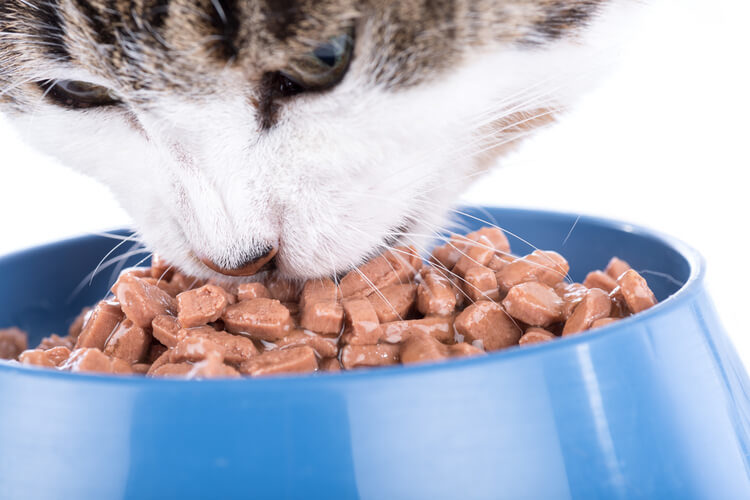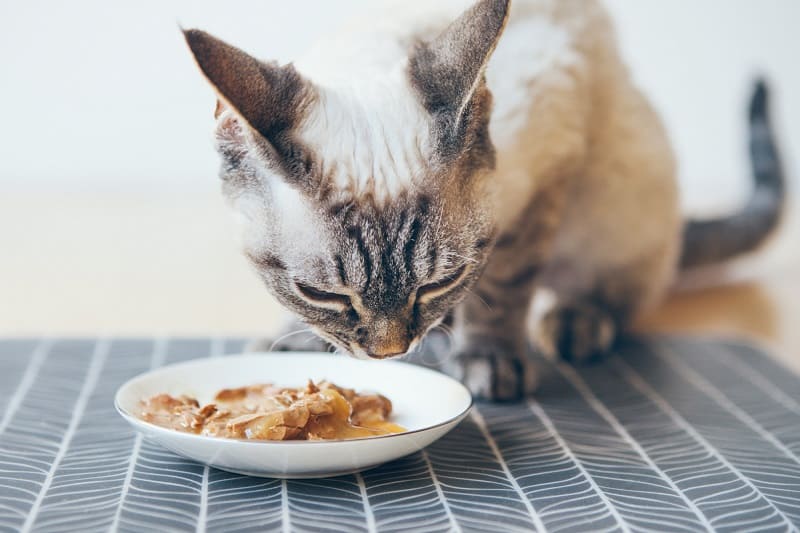All pet owners unanimously agree that their pets are family to them, and cat owners will agree that raising a cat is like razing a child, especially when it comes to food.
Cats are known to be very snobby when it comes to what they want. If their wants are not up to their standard, with a whoosh of their tails, they’ll reject your offering and walk off, leaving you to your shame.
This holds when it especially comes to food. Cats are known to be finicky eaters. Finding the right brand of food, the right flavor, and the right texture is a mammoth-sized task but a task you take on to keep your feline happy. God forbid if the flavor is discontinued, but that is a nightmare for another time.
The real struggle comes in when deciding what to do with leftover cat food. Commercially available wet food usually comes in a tin, and the tins are large enough to last at least three meals. Similarly, if the owners choose to give their cats a raw meat diet, they prefer to make it in larger quantities to avoid having to make the food fresh for every single meal. So, what do we do with the remaining food in both situations? The most obvious solution is to put the leftovers in the fridge and then feed the leftovers during the next meal. But is it safe to do so?
What do cats eat?

Cats are obligate omnivores, which means that their diet consists of animal-source protein. In the wild, their prey consists of small mammals, birds, fish, reptiles, and even some insects.
For pet cats, there are two kinds of commercially available food: wet food and dry food. Both are equally important for your cat’s diet since combining the two foods has all the complete nutrients required.
Between the two types of food, wet food is more important for your cat because it has the more needed proteins and is wet, so it keeps your cats hydrated, which is essential since they aren’t too fond of drinking water.
Dry food or kibble is more affluent in carbohydrates, and these biscuits should not make up most of your cat’s meal. They can be added to the wet food so that it can be fulfilling or can be left out as a snack to munch on between meals. However, kibble is dehydrating and is also likely to make your cat obese.
Some owners prefer a more natural route and opt to follow the BARF diet, which stands for either “bones and raw food” or “biologically appropriate raw food.” Raw meat will be that of chicken or lamb, and raw meaty bones are also added.
Problems with Wet Cat Food:

One major problem that comes with serving your wet cat food, whether it’s the commercial one or the one you make at home, is the storage. Food isn’t cheap, and you don’t want to waste it or let it spoil, so what should you do?
Pet owners are usually warned not to overdo the amount of food they give their pets to keep them safe from obesity, and cats are no different. It doesn’t matter how adorable you might find a fat cat, obesity can lead to a plethora of health issues that will only cut down the years of your feline friend’s life, and that’s the last thing we would want.
The amount of food that you give your cat depends on several factors such as their age, weight, activity level, general health, and as such. However, more often than not, you find that one tin of cat food will last at least two to three meals, including the leftover bits in the bowls.
Can you leave wet cat food out?
Dry food comes in a bag that can easily be resealed or tied up or emptied into an airtight container and be kept outside or in a cupboard for the next feeding. But it isn’t as easy as that for wet food.
The food leftover in the bowls from your cat’s meal is recommended to be emptied after thirty minutes to avoid it from spoiling and posing as a health risk (it is more susceptible to bacteria and mold) for your cat. But if you live in a relatively hotter climate region, you might have to remove the food sooner than that even. You can mix the food in the bowls back into the opened tin.
How do I store leftover wet cat food?

As far as the leftover food in the tin is concerned, it would be best if you immediately refrigerate it. Make sure to cover the tin properly when you refrigerate it. Cats prefer to eat food that is room temperature, and so when the next mealtime comes along to make sure to warm the food up a bit to make it the right temperature and entice your cat with the aroma if you feel that it isn’t healthy to keep reheating the food (there is no concrete proof of this but is also a personal choice) take the food out a little while before mealtime.
Make sure to discard any opened food, even if it is in the fridge, after three days. If you open different tins at different times, make sure to mark them as a reminder of which one you opened first and when.
Unopened cans can be kept outside as long as they aren’t exposed to direct heat and are used by the date written on the cans.
As far as home-cooked meals are concerned, you can control how much you make. But if you prefer to make it in bulk, it should also be refrigerated to avoid it from going bad and to waste.
Conclusion:
No one wants to waste money and throw away freshly opened new food, and there is no harm in refrigerating the food. Just make sure you’re careful with the storage and keep track of when you opened the food.
